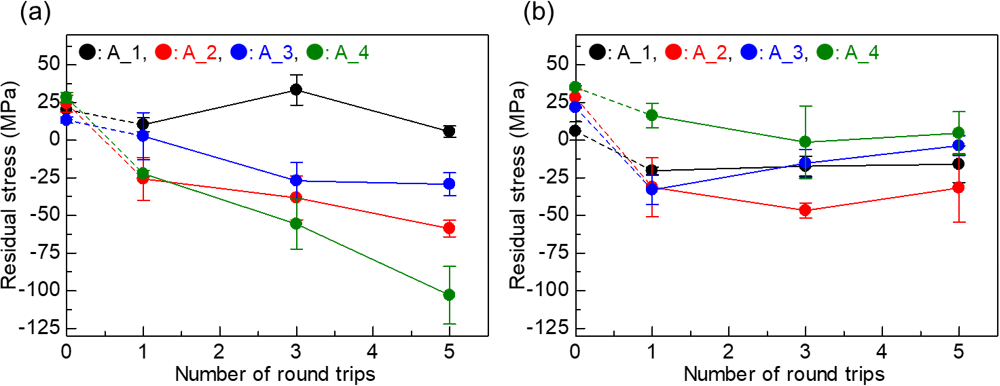1
Optimization of the Surface Structure of the SiC Substrate for SiC-Ni Melt-bonding Using Simulation by Phase-Field Method
[Published in ECS Journal of Solid State Science and Technology, 11 (2022)124001]

NiSi concentration for 9.4µm periodic length and 2.3µm groove depth. The lengths of the x- and y-directions are 75.4µm and 4.7µm, respectively.























































































